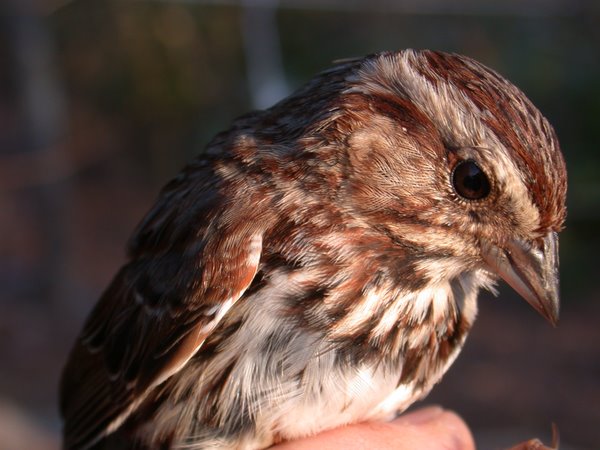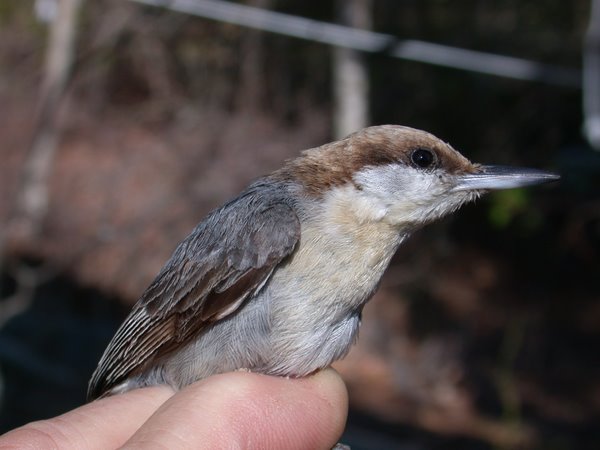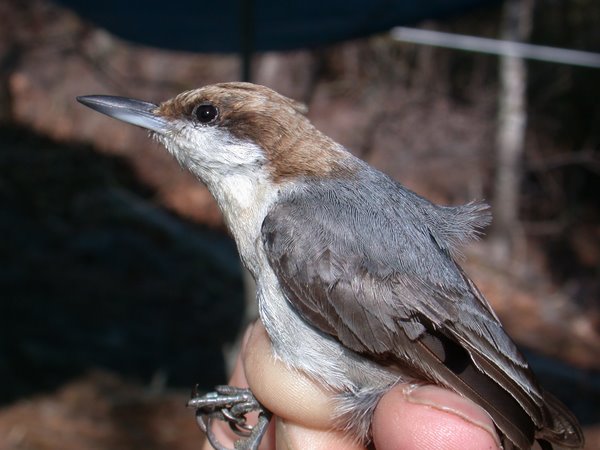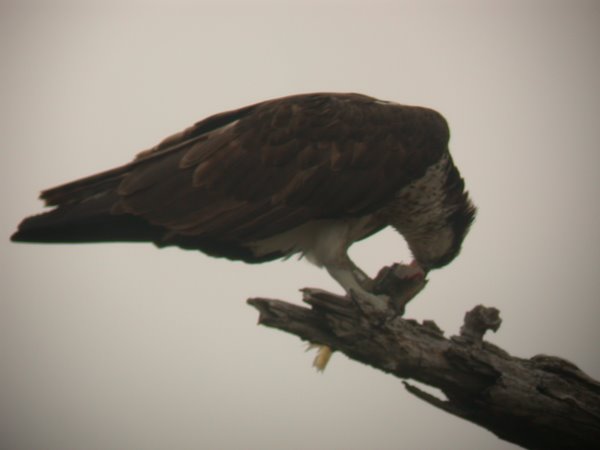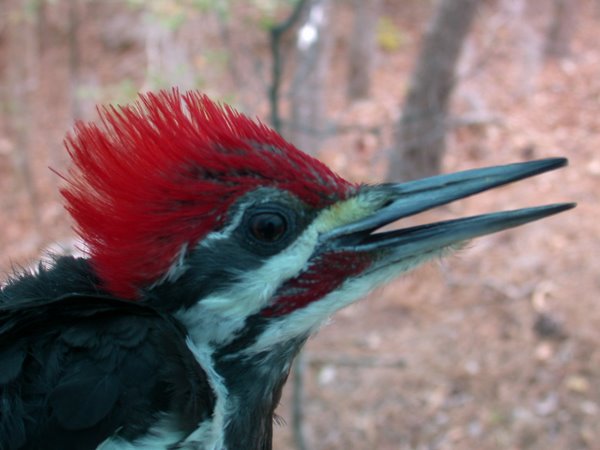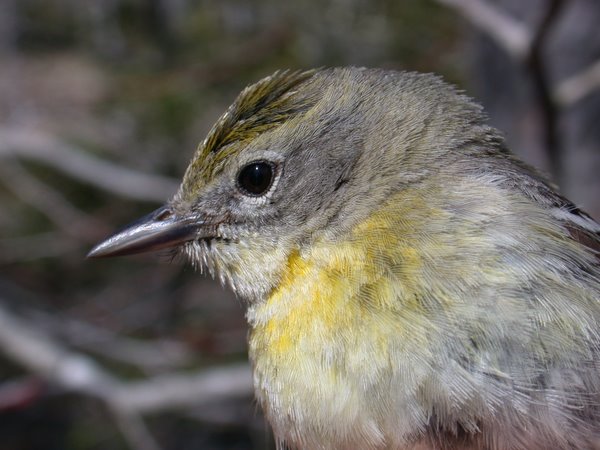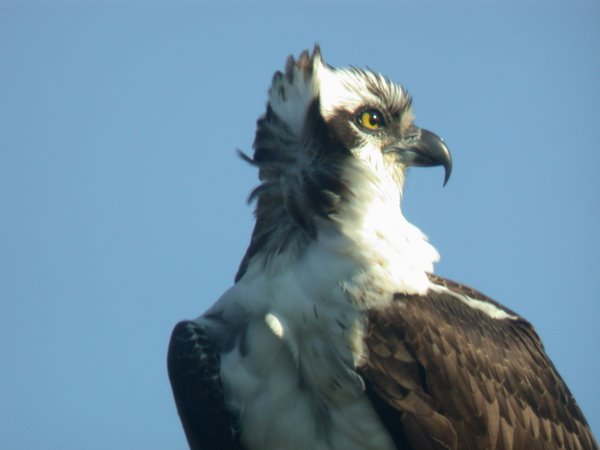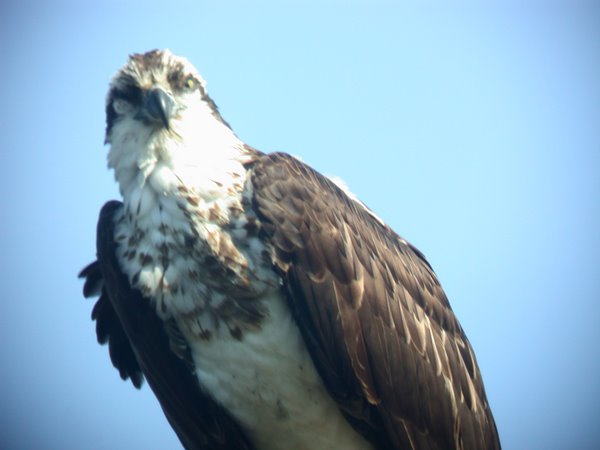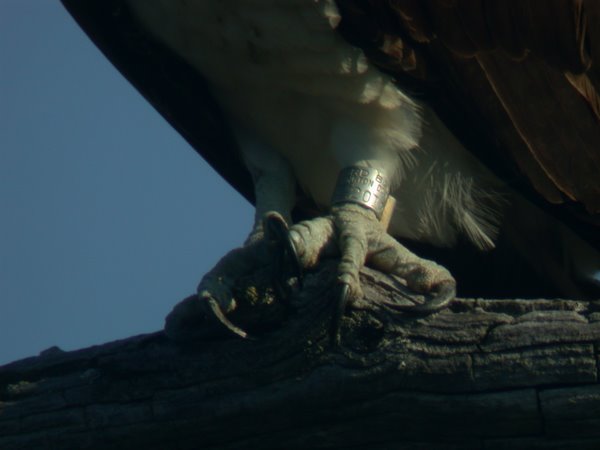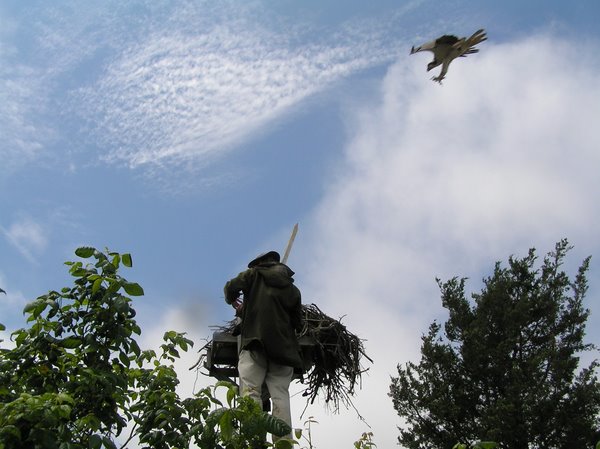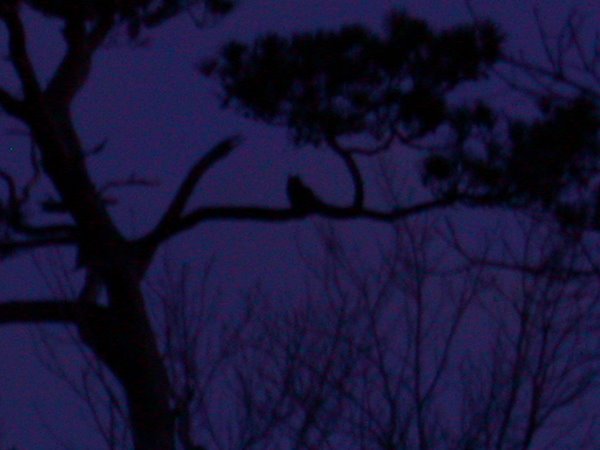Saturday, March 31, 2007
Hoist The Flag, Open The Starting Gate-Migration Begins!
Peter
Thursday, March 29, 2007
One Reason Osprey Do Not Live Longer
Fish farmer pleads guilty to some charges in bird killing case
By Associated Press
Tuesday, March 27, 2007 - Updated: 07:58 AM EST
SPRINGFIELD - The owner of a Sunderland trout hatchery pleaded guilty Monday to killing herons and osprey that were feeding at his fish pools.
|
|
Michael Zak, 59, owner of the Mohawk Trout Hatchery, entered guilty pleas to two counts of violating the Migratory Bird Treaty Act and one count of conspiracy. Zak’s non-jury trial on two other charges - including allegations that he shot and killed a bald eagle - began before U.S. District Judge Michael Ponsor Monday. The trial is expected to last a few days.
|
|
Zak could face up to three years in prison if convicted of all charges.
|
|
Zak’s attorney Vincent Bongiorni said his client acknowledged the killing of herons and osprey, but was not willing to accept a guilty plea for the eagle charge.
|
|
”There was a factual basis to support those two counts and our claim is that it doesn’t support the bald eagle count,” he said.
|
|
Zak and his employee, Timothy Lloyd, were charged last year with violating the Migratory Bird Treaty Act, which provides protection for migratory birds through international cooperation and treaties.
|
|
Federal investigators said they found more than 250 great blue heron carcasses, as well as carcasses of ospreys and a bald eagle on hatchery property. Tests showed the birds were killed by gunshots.
|
|
U.S. Fish and Wildlife Service agents say they staked out the hatchery periodically and saw Zak shoot at a heron with a scoped rifle and Lloyd shoot and kill an osprey.
|
|
Peter
Wednesday, March 28, 2007
Brown-headed Nuthatch Is Special.
These Brown-headeds which call First Landing home are near the northern limit of their range. How frequently they breed cooperatively here as opposed to Tallahasse, Florida, where Jim Cox of Talltimbers.org has found that as many as 40% of the Brown-headeds nests are cooperative, is an open question. Notwithstanding, last Sunday, March 24th, a second-year Brown-headed Nuthatch found one of our nets. Come visit First Landing soon to hear the Brown-headeds tooting their squeeky toy songs as they, too, begin another breeding season. Photo below.
Peter
Osprey Live A Long Time.
Trevor Lloyd-Evans of Manomet Center for Conservation Science, www.manomet.org, graciously undertook some research on Osprey longevity. Trevor reports:
A nice old Osprey, but they do live a long time. The Chesapeake
populations of the 1980's did not start breeding until 5-7 yrs. old
(Spitzer in Poole 1989). Oldest bird was 25 as of 2001; in MI 12% of
males and 9% of females were 12 or older (Postupalsky 1989). Swedish
birds are a bit longer-lived because of reduced mortality (Eriksson and
Wallin 1994).
Wednesday, March 21, 2007
She is an "Experienced Bird."
After checking the database once and then again, the BBL advised Dr. Reilly that this very Osprey, 788-20124, was banded as a nestling somewhere in Maryland by David Brinker, a biologist who works for the State of Maryland, on.............................the sixth day of July in the year --------------------------1992.
Remarkable. As I learn more of this individual bird, I shall pass the information along.
There were signs of new activity at the banding station today. A Hermit Thrush was netted, followed by an Orange-crowned Warbler. And then came a woodpecker. Not the quiet, small ones you see at your feeder or suet ball over the winter, not even close. Instead, on the last net run of the day appeared a screaming, thrashing, clawing, chisel-wielding, handsome, male, second-year Pileated Woodpecker. See their images below.
Peter
Tuesday, March 20, 2007
Marked Birds Can Turn Up Anywhere, Anytime...
Like today, perched on a dead oak tree next to her mate not fifty yards from the banding station in the brilliant morning sunlight. The pair of Osprey almost seemed curious about what I was doing under the ugly blue tarp which covers the picnic tables which comprise our field station. Having banded a few early morning passerines, I put my spotting scope on one bird and then the other. A United States Geological Survey metal band is on the left tarsus of the female. (The female has a brown feathered necklace which distinguishes her from her mate.)
At first I can only make only few digits of the band through my scope. Then he leaves the dead limb and she fidgets and scratches and diddles about. Finally she adjusts her back to absorb the morning sun more completely and flexes a wing like a dog stretches its legs after arising. In time, eight of the nine digits are verified. The numbers are ?788-20124. Now we can learn something of the life history of this wild bird. And we can add something to that history. Incrementally, we will add to knowledge of the natural world of which human beings are but a part.
How is this possible? Within the U.S. Department of the Interior is the U.S. Geological Survey. Within that agency is the Bird Banding Lab ("BBL"). The BBL maintains a central database of all banded birds, with and without color markers. There are a number of ways to report a band to them. On the web see: http://www.pwrc.usgs.gov/bbl/homepage/call800.htm Color-marked shorebirds may also be reported to another office in Canada. See: http://pw1.netcom.com/~djhoff/sbreport.html Each agency will advise the individual reporting the band information of information known about the banded bird.
Today was another slow day at the banding table. No new new species were banded. The last bird of the day was a second-year Pine Warbler. That was only fitting, as their loose trills filled the sunlight of what had become a 72F day.
Peter Doherty
Monday, March 19, 2007
A Slow Day with Much Going On!
Before dawn at net opening it was 29F with a brisk NW wind and without bird song or call. Six hours later only a single Fox Sparrow was wearing a new band and a mere three, banded Myrtle Warblers had been recaptured. It was a very slow day at the banding table.
Yet, on the predawn walk to the station Great Horned Owls engaged in a territorial hooting contests. In the cold sunlight on and about the two Osprey nests visible from the station, there was calling and copulating. The Brown-headed Nuthatches were tooting their squeaky toys in the loblolly pines above the station. And a Great Egret provided plumage displays which can only be described as "nuptial." Spring was very much in the cold air.
Following three days of banding beginning on March 14th (rained out on the 16th) the tally stands at 34 banded of 10 species with 15 recaptures including an 11th species. A full tally to follow after the first week is completed.
Welcome to the spring 2007 passerine banding season of the Coastal Virginia Wildlife Observatory at First Landing State Park, Virginia Beach, Virginia, waypoint N 36d 54' 21.7"; W 076d 01' 43.7". Weather permitting, the station will be open from one-half hour before local sunrise for at least six hours daily until May 31st. Bird numbers should be at their peak during the last three weeks of April and the first two weeks of May. Although one may only reach the station on foot, visitors are most welcome. This blog will be updated twice weekly.
Peter Doherty, bander.
